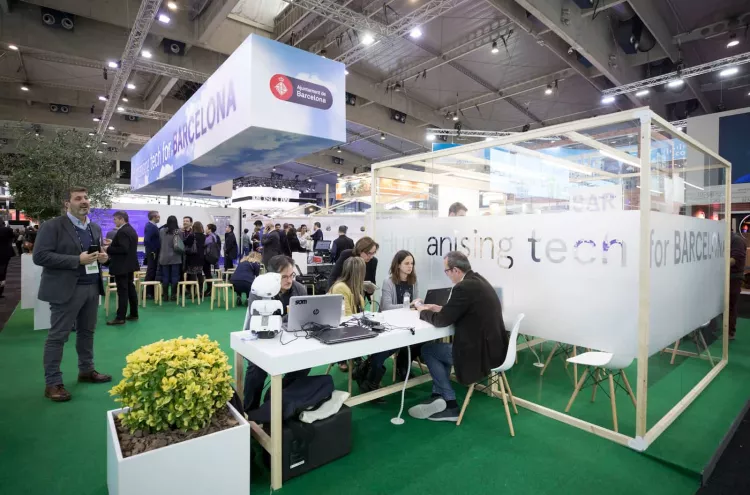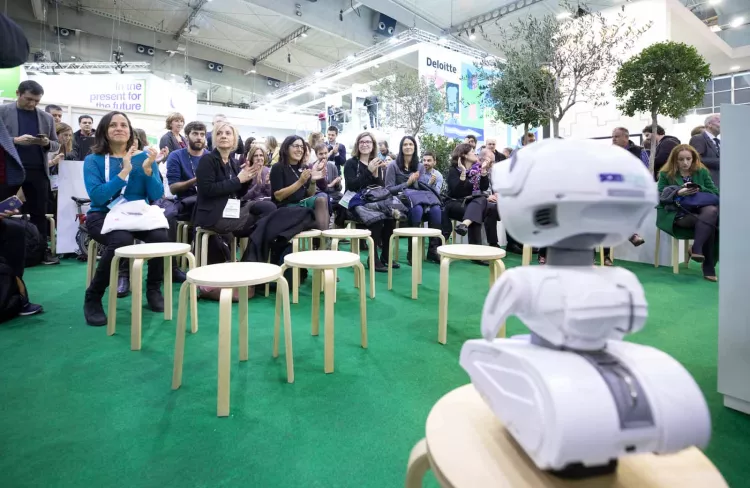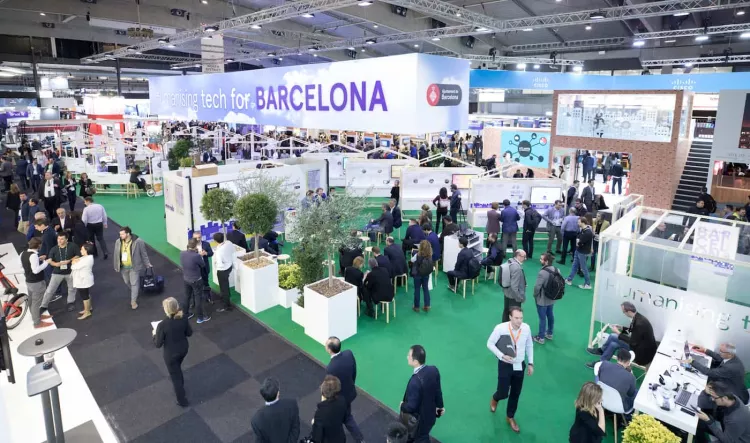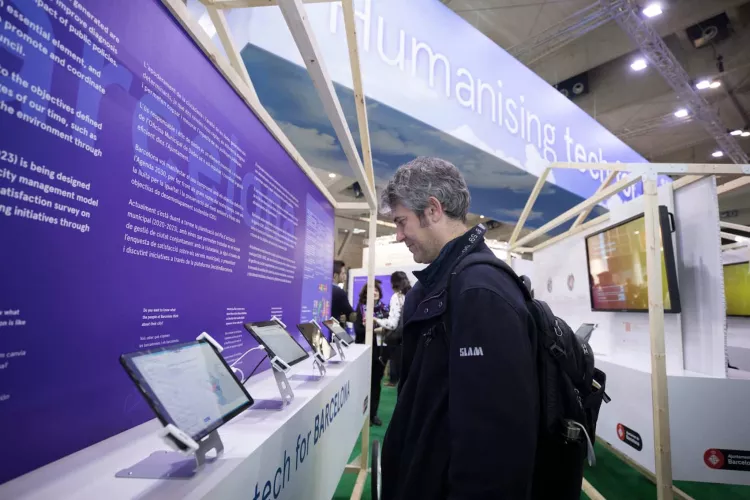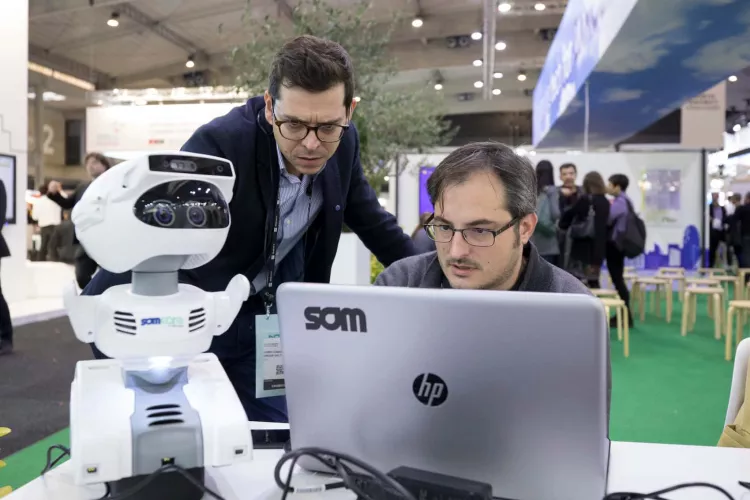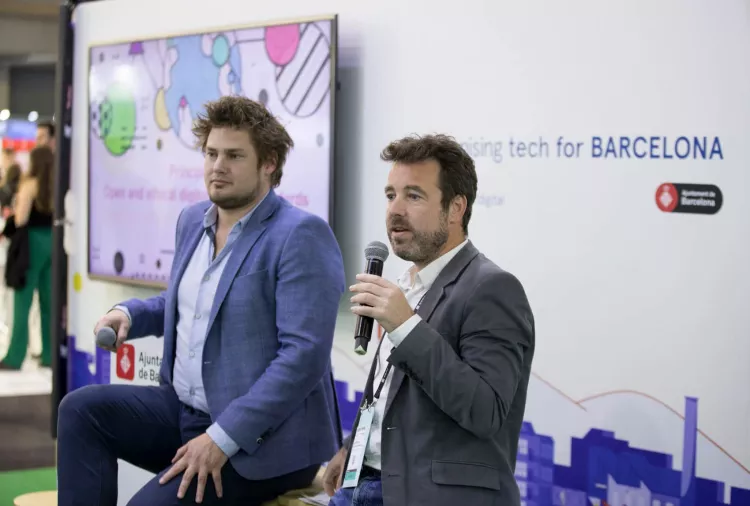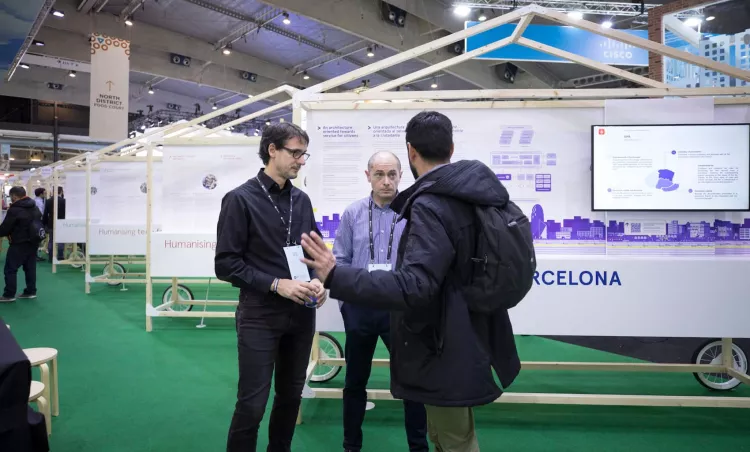Humanising tech for Barcelona
Starting point
Empowering citizens and analysing the data generated are determining factors, as they reveal new challenges and help us to understand them, as well as making it possible to assess and measure the impact of public policies. A responsible and ethical use of this data is essential, and it is the job of the Municipal Data Office to promote this, together with efficient management within the City Council.
At SCEWC 2019, Barcelona demonstrated the city’s commitment to the goals set out in the 2030 Agenda in order to tackle the big challenges of our time, such as the fight for equality and the preservation of the environment through sustainable development goals (SDGs).
City Council ICT Architecture
The City Council’s information and communication technologies are designed and built following a model of cross-cutting layers that have specific functions and allow decoupling of the solutions from the technologies employed. In addition, there are municipal information systems (ISs) and services for citizens.
The municipal data is structured according to the management information base model (MIB), which unifies all IS transversally and guarantees the uniqueness of the data. The MIB includes organisations, individuals, and regions, and the administrative relationship that they maintain with the City Council.
The ISs are decoupled from resources, whether technological or functional, via cross-cutting technological platforms, which offer and manage services through unified functional policies and also enable cooperation between ISs such as CityOS and Sentilo.
Scope
Barcelona has a model of how technology can be used to benefit the city. Of how technology can be placed at the service of the people, to preserve their fundamental social rights and meet the principal challenges facing the city today as it continues to drive the digital economy forward, helping to make Barcelona a stimulating, dynamic and demanding place for the new economy, while positioning itself as an international benchmark in supporting and promoting technological humanism. This model can be explained by looking at the three major concepts underpinning it: participation, which encompasses local governance and citizen participation; interaction, both social and economic, and urban planning, which also includes housing and mobility within the city.
In each of the these areas different initiatives and projects are underway:
- Participation
- Interaction
- Practical guides on the use of digital platforms
- Economic education programme (EdEc)
- Barcelona International Welcome
- Maker Faire
- Declaration of principles and commitments for collaborative cities
- Impulsem el que fas (We promote what you do)
- Social digital innovation
- innoba
- i.lab
- Ateneus de Fabricació (Fab Labs)
- LIDERA
- Urban Planning
- 22@
- GrowSmarter
- APROP
- ATRI Challenge
- Can Fabra (.pdf)
- C-MobILE
- 5GBarcelona
- MUV
- SOUL
- Smou
- Superblocks
- Low-Emissions Zone
- Greens-spaces management app
- FLAME
- 5GCity
- BitHabitat
In addition, this year a space has been dedicated to EIT Urban Mobility, an initiative that Barcelona has played a leading role in launching. The city will also be the site of the EIT Urban Mobility headquarters in the future.
EIT Urban Mobility is a European Institute of Innovation and Technology (EIT) initiative that aims to speed up positive changes in mobility, and make urban spaces more liveable.





